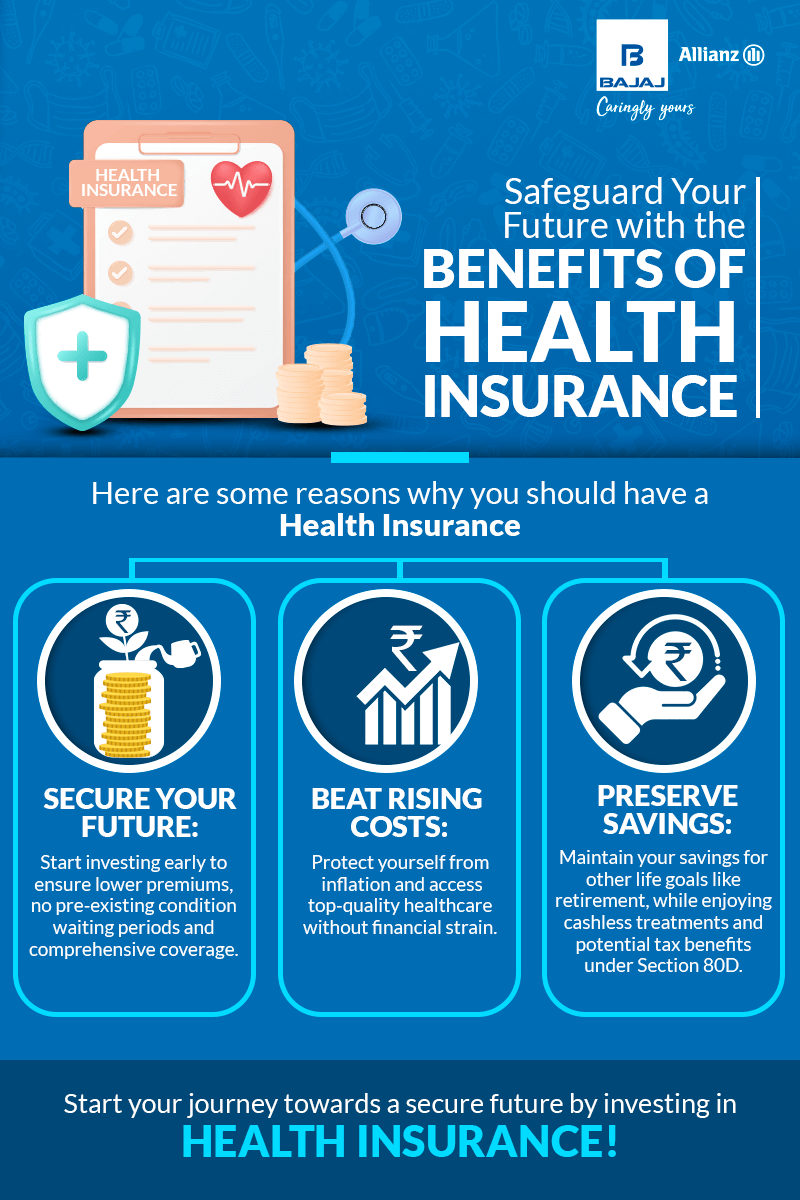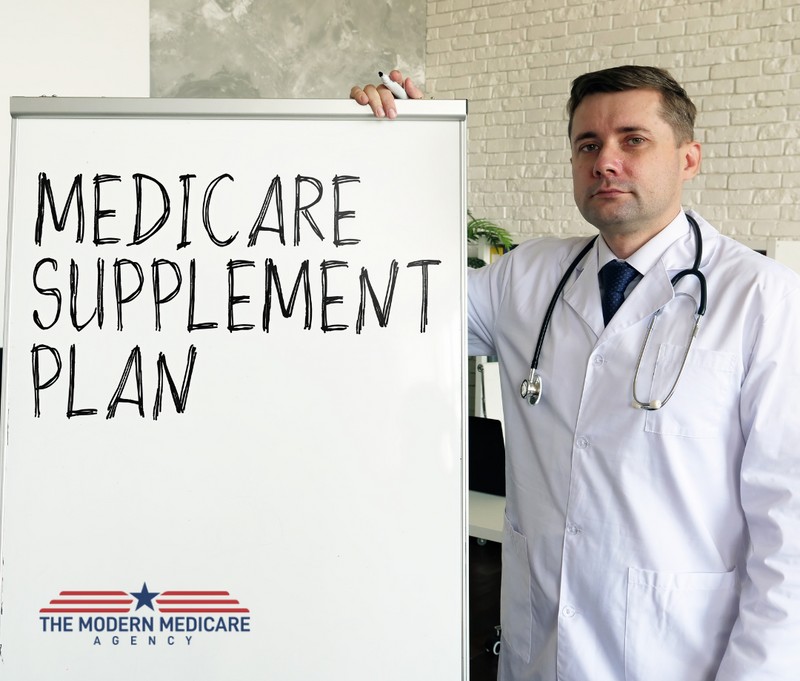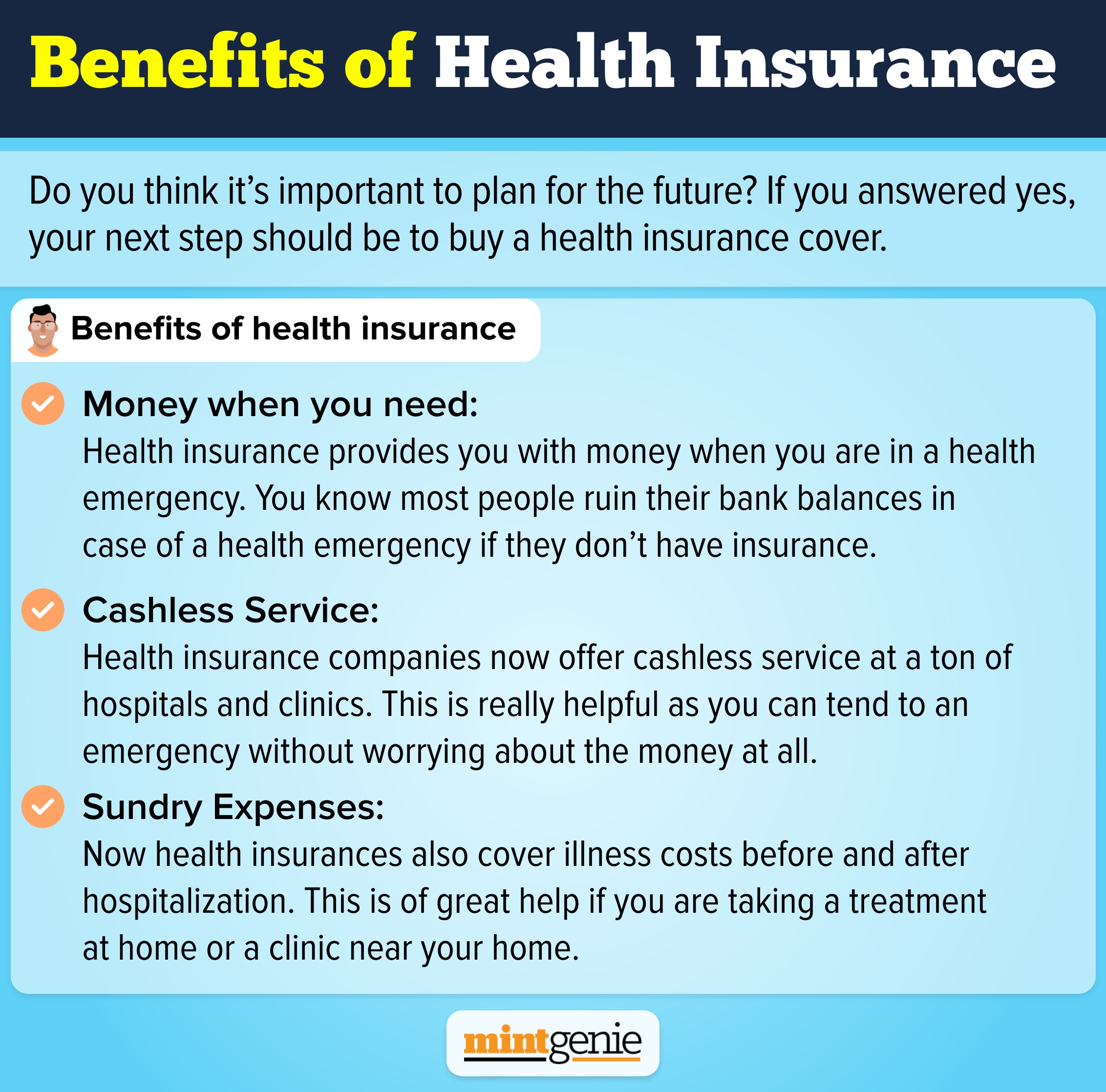4 Easy Facts About Medicare Advantage Agent Explained
4 Easy Facts About Medicare Advantage Agent Explained
Blog Article
How Medicare Advantage Agent can Save You Time, Stress, and Money.
Table of ContentsOur Medicare Advantage Agent DiariesThe Basic Principles Of Medicare Advantage Agent The Best Strategy To Use For Medicare Advantage Agent


follows from confusing the perplexing young fairly profile of the uninsured with without insurance better healthFar better wellness average, of younger persons. For those without accessibility to workplace health insurance, poor health and wellness is a potential barrier to acquiring nongroup coverage since such coverage might be highly priced, leave out pre-existing problems, or be merely not available. Unless otherwise kept in mind, nationwide quotes of individuals without wellness insurance and percentages of the population with various kinds of insurance coverage are based on the CPS, the most commonly used resource of price quotes of insurance coverage and uninsurance prices.
.png)
3 Easy Facts About Medicare Advantage Agent Explained
The connection between health and wellness insurance and access to care is well established, as recorded later in this chapter. The partnership between wellness insurance and wellness results is neither straight nor easy, a considerable medical and wellness services research literature web links health insurance policy protection
to improved access to care, better far better, and improved enhanced individual population health health and wellnessStanding The 2nd record, on individual health outcomes for without insurance grownups, is represented by the inner circle of the number, while the 3rd record, on household wellness, encompasses the topics of the 2nd record yet emphasizes a different unit of evaluation, particularly, the family.
Moreover, it concentrates particularly on those without any medical insurance for any type of size of time. The problems faced by the underinsured are in some aspects comparable to those faced by the uninsured, although they are typically less severe. Uninsurance and underinsurance, however, involve definitely various plan concerns, and the methods for addressing them may differ. Throughout this study and the five reports to follow, the main emphasis gets on individuals with no health insurance coverage and therefore no support in spending for healthcare past what is readily available via charity and safety and security internet establishments. Health insurance is an effective variable affecting receipt of treatment since both patients and physicians respond to the out-of-pocket rate of solutions. Medical insurance, nevertheless, is neither necessary nor enough to obtain access to medical services. Nonetheless, the independent and direct impact of health and wellness
insurance coverage go to the website on access to wellness services is well developed. Others will get the health and wellness care they require even without wellness insurance policy, by paying for it expense or seeking it from carriers that provide care cost-free or at extremely subsidized prices. For still others, medical insurance alone does not make sure receipt of treatment because of various other nonfinancial obstacles, such as an absence of health treatment service providers in their area, restricted access to transportation, illiteracy, or etymological and cultural distinctions. Formal research study about without insurance populaces in the United States dates to the late 1920s and very early 1930s when the Committee on the Expense of Healthcare produced a collection of records click to find out more about funding physician office brows through and hospitalizations. This concern became prominent as the varieties of clinically indigent climbed during the Great Anxiety. Empirical studies regularly sustain the link between accessibility to care and boosted health outcomes(Bindman et al., 1995; Starfield, 1995 ). Having a routine resource of treatment can be considered a forecaster of access, instead of a direct step of it, when wellness end results are themselves made use of as access signs. This expansion of the idea of accessibility dimension was made by the IOM Committee on Checking Accessibility to Personal Healthcare Solutions(Millman, 1993, p. Whether parents are insured shows up moved here to impact whether or not their children get care in addition to exactly how much careeven if the kids themselves have insurance coverage(Hanson, 1998). The wellness of moms and dads can affect their capability to take care of their kids and the level of family tension. Worrying about their children's accessibility to care is itself a resource of tension for moms and dads. Three phases comply with in this record. Chapter 2 provides a summary of how employment-based medical insurance, public programs and individual insurance coverage run and connect to supply extensive however insufficient insurance coverage of the united state population. This consists of an evaluation of historical trends and public laws impacting both public and personal insurance, a conversation of the interactions among the different sorts of insurance coverage, and an evaluation of why people relocate from one program to one more or finish up

Report this page